Only 5 days before I fly to Arizona - I can't believe I started counting over 100 days ago.
I thought I would have posted more information before I left, but I have been extremely busy. The St. Petersburg Audubon Society's Ecology Camp at Weedon Island during the week of July 6th was fantastic, but the heat took more out of me during the evening, so I didn't feel up to posting on my blog. The last couple of weeks have found me at the GYM!!! I realized I needed a jump-start to get in shape for Arizona. About 70% of our time will be in the "field".....which means walking in the desert, forests, and mountain ranges collecting caterpillars for the lab. I am feeling much better about my overall strength to maintain stamina and not fatigue during our field site adventures.
I have been reading my expedition briefing about caterpillars and the research we will conduct. There are five goals associated with this research:
#1 document diversity of caterpillars and parasitoids in 3 species-rich ecosystems
#2 understand how different caterpillar defenses function against different types of natural enemies
#3 examine chemical defenses in caterpillars and their host plants
#4 construct models that predict success of biological control based on caterpillar defenses
#5 examine the effects of climate on caterpillar-parasitoid interactions
So I'd like to go into "teaching mode" and tell you about these small creatures that play an important role in our ecosystem.
I feel compelled to define an important word for you. Dr. Dyer uses the term "parasitoid" in his written research. This term is defined as (www.dictionary.com) an insect and especially a wasp that completes its larval development within the body of another insect which it eventually kills and that is free-living as an adult.
Caterpillars are the second most diverse order of all animals on Earth. They eat more leaves in a forest than all other herbivores combined. They play an important part in the food chain for other animals. Scientists have identified approximately 160,000 species of butterflies and moths, but only about 15,000 caterpillars have been described. Although we don't know how many caterpillars actually exist, it is estimated that up to 3.5 million are chomping and munching their way through forests just waiting to be discovered by a fourth grade teacher like me!
Seventy-thousand parasitoids have been described and it is estimated that about 1.8 million exist in our diverse world.
This project will compare its data with similar data collected from other researchers around the world. Previous discoveries have shown a strong correlation between the predictability of the amount of precipitation and parasitism rates. Hypotheses have arisen from this information.
One: Will parasitism rates decrease with predicted increases in climate due to anthropogenic climate change?
Two: Will this cause extinctions of rare species of butterfly and moths?
Again, I must define anthropogenic for some of you, but NOT for my fourth grade students from last year (this was my favorite BIG word in class!). It means caused or produced by humans.
There is much more to learn about my new small friend, the caterpillar. I hope to use this blog not only as a journal about my expedition, but as a teaching tool for both my young and mature students. ha ha!
I have so much to do before Wednesday.....maybe I'll post once more before I fly!
Thursday, July 30, 2009
Subscribe to:
Post Comments (Atom)











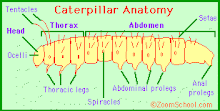



















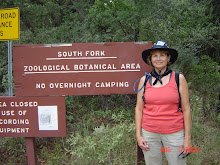




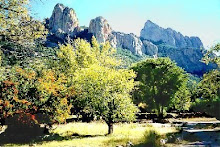
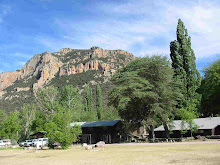
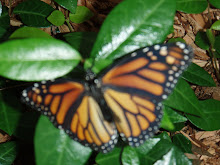
I hope you have a great time and learn a lot. Your class will be very fortunate when you return.
ReplyDelete